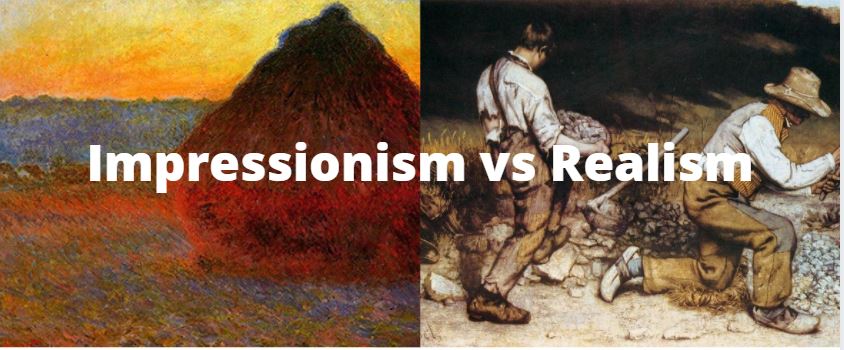Impressionism and Realism, two influential 19th-century art movements, offer distinct perspectives on depicting the world through art. In this article, we’ll explore the key differences between these two styles, from their techniques to subject matter. Join us on this journey to discover the unique worlds of Impressionism and Realism in art.
Impressionism is an art movement that was born from the traditional form of Realism. Many of the most famous art pieces from both periods have some similarities, but Impressionism derived much of its influence from painters like Jean-Francois Millet, Gustave Corbet, Jean-Baptiste-Camille Corot, and many others.
These painters focused heavily on portraying the world as it actually was, without adding any form of coloration, perspective or other elements that impeded the natural imagery one would see with the naked eye.
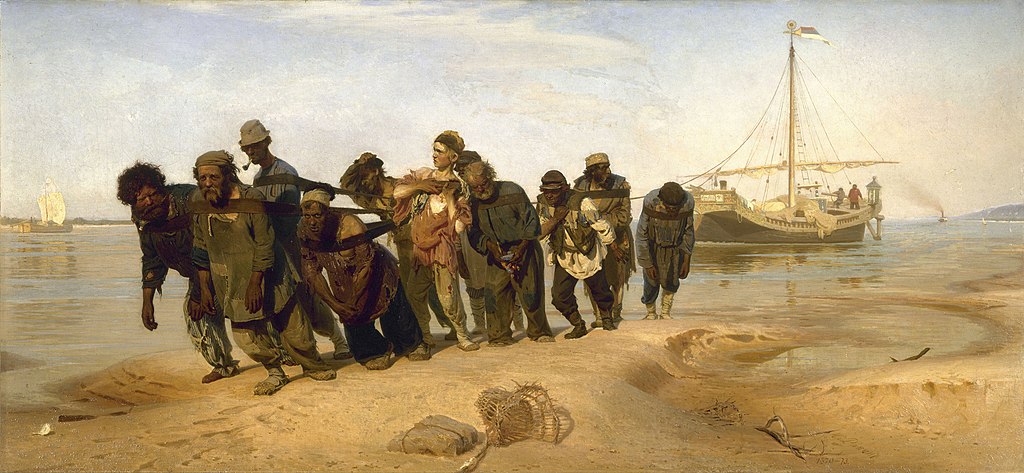
Through the 19th century, Realism grew and changed and would later transition in some areas into what is known as Impressionism. Like Realism painters, Impressionists sought to paint scenes from the world around them in a way that captured much of the actual views they had.
The major difference in Impressionist painters was that many of them focused on the more pleasurable aspects of social life and the natural world, as well as views of the cities and towns they frequented as opposed to the Realists who focused on portraying exactly what they saw.
| Aspect | Impressionism | Realism |
|---|---|---|
| Style and Technique | Emphasis on light, color, loose brushwork | Accurate, detailed representations |
| Subject Matter | Landscapes, urban scenes, outdoor settings | Everyday life, social issues, portraits |
| Color and Light | Bright and vibrant, captures changing light | Subdued and naturalistic |
| Composition | Open, dynamic, unusual angles | Traditional, balanced, realistic |
Impressionism vs Realism
The main differences between impressionism and realism is that impressionism aimed to capture the essence of the object and it’s relationship with light whereas realism was an attempt to represent subject matter accurately and truthfully particularly ordinary everyday life.
What is Realism?
Realism was also known as naturalism as many of the painters during this time period turned their sights toward natural settings instead of the various forms of social interactions and daily life that most Impressionists would later use as subject matter.
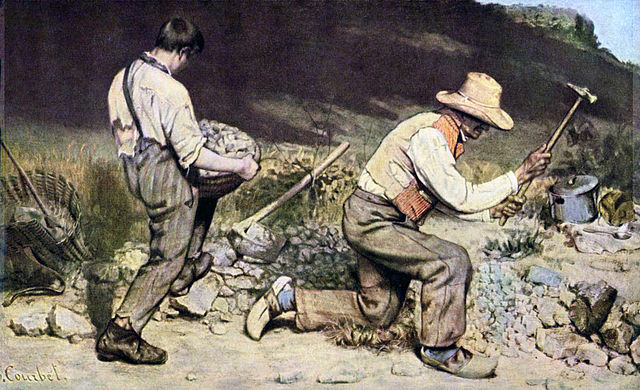
Realism is said to have formed as an art movement much earlier than Impressionism in many areas of the world. As far back as the 1700’s, artists were increasingly turning to the world around them for subject matter, painting things just as they were in reality.
Also Read: Realism vs Abstract
The concept of painting in a manner that is as realistic as possible has been popular at many different times throughout history, but the Realist movement started as a means for artists to emphasize certain truths about the world around them, often done with political motives.
The style of art reached its peak during the early-to-mid 1800’s as painters continually turned to the world around them in a way that captured reality.
The Purpose of Realism
Some artists during the early stages of Realism saw it as a means for painters to capture and document the world around them in the same way newspapers were doing.
Robert Henri is credited with sparking the Realism movement in the United States as many of his works and teachings centered on the harsh city life that people in New York City were forced to deal with during the middle of the 19th century.
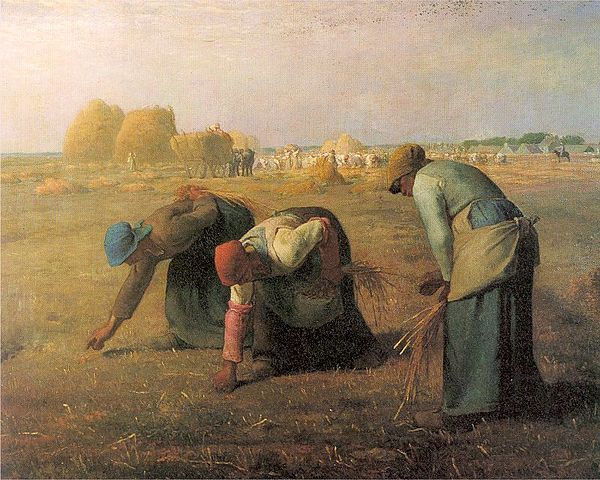
Famous art critic Robert Hughes once said of the painter, “Henri wanted art to be akin to journalism. He wanted paint to be as real as mud, as the clods of horse-shit and snow, that froze on Broadway in the winter, as real a human product as sweat, carrying the unsuppressed smell of human life.”
Many Realism artists accomplished their goal of gaining the attention of the public in order to bring attention to specific issues and aspects of their society which they wanted to change.
The art style has largely remained the same in many ways and still acts today as a means for artists to use different mediums to capture the world around them in a way that places certain issues at the forefront of people’s minds.
Realism Transitions Into Impressionism
Impressionism began to take shape in the latter part of the 19th century after artists in France and other areas of Europe employed much of the same thought patterns and methods to create works that were more uplifting and satisfying to viewers.
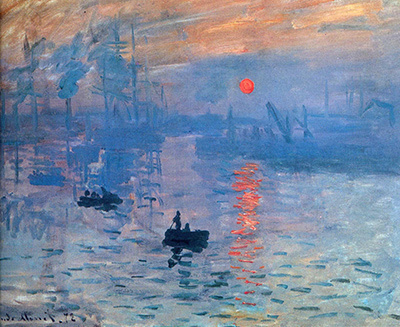
Many of the most well-known Impressionist painters focused heavily on contemporary subject matter that was pleasurable to look at, unlike the dark and gritty images that were commonly painted during the height of the Realism movement.
Also Read: Naturalism vs Realism
The Impressionist movement saw a number of artists emerge that have long been hailed as some of the most influential and talented painters in history. As the movement began in Europe, most of the more well-known artists were from France and other nearby countries.
During the last few decades of the 19th century, artists were increasingly focusing on painting natural scenes and various forms of social interaction in a broad, colorful manner that was a clear departure from Realism.
Major Differences Between Impressionism and Realism
There are many points of difference between Impressionism and Realism that set them apart from one another. Most notably, the focus and subject matter of each style of painting were very different.
Impressionist artists seemed to paint works that were devoted to scenes and activities that held a special sense of fleeting beauty—often creating works that depicted landscapes, cities, social gatherings and other scenes late in the evening when the sunlight played a pivotal role in producing various shadows and glowing effects on the subjects on canvas.
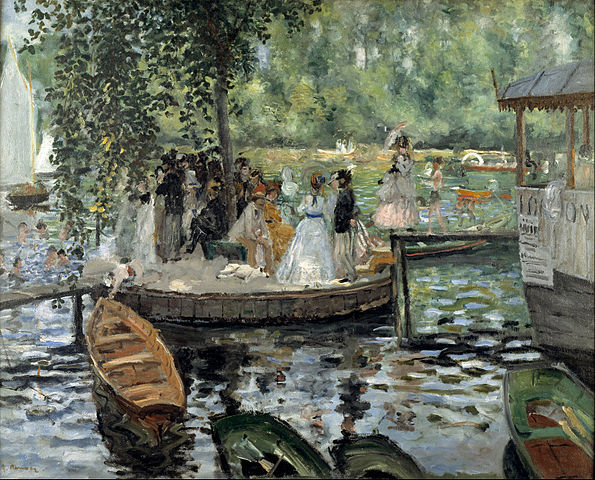
Some of the most well-known Impressionist artists would sit in a specific location during a certain time of the day in order to gain a more insightful and accurate sense of the manner in which the sunlight played across the faces of attendees at a party in the courtyard of a populated section of Paris, or perhaps how the water and boats appeared to emerge through the thick mist and fog on the harbors and other coastal areas.
New Methods of Painting
Many Impressionist artists ventured into the countryside of France, Britain, and other areas of Europe to craft sketches of natural scenes or other settings which they would later work on in a more extensive fashion from the comfort of their own studio.
Some of the most famous Impressionist artists were known to have painted many of their most notable works while they were sitting outdoors, looking at the area for long periods of time to see how the sunlight played across the surfaces of structures and natural elements throughout the day.
During this time, painters were utilizing various forms of portable easels that were able to be folded down and carried from one location to another with relative ease.
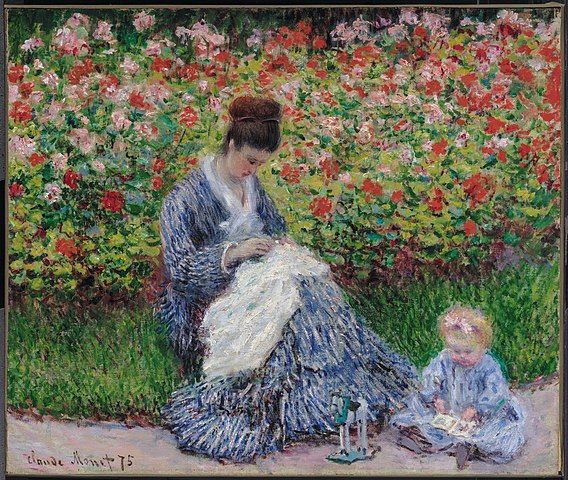
Paint began to be available in tubes, which meant artists no longer had to spend time mixing and preparing their colors before sitting down to work on the painting.
Paint brushes were also being crafted to a higher standard during this time as many of the most famous artists from years past had perfected the style and means of fastening the parts of a brush together.
With so many new inventions, artists were able to be much more mobile than ever before, traveling to certain areas during the day to sit and paint the world around them.
Notable Characteristics of Impressionist Paintings
There were a number of artists that rose to fame during this time as they found a new sense of beauty and perspective in the world and different subject matter that painters who came before them had neglected.
Claude Monet was perhaps the most well-known Impressionist artist as his works centered around the natural world in some form or another.
His bold compositions focused on vast scenes of outdoor splendor and many of his most famous works were painted by the artist in the open air.
Edgar Degas painted scenes from many viewpoints of life in Paris during the late 1800’s which portrayed dancing, sporting events, and other gatherings that were common to French society in the late 19th century.
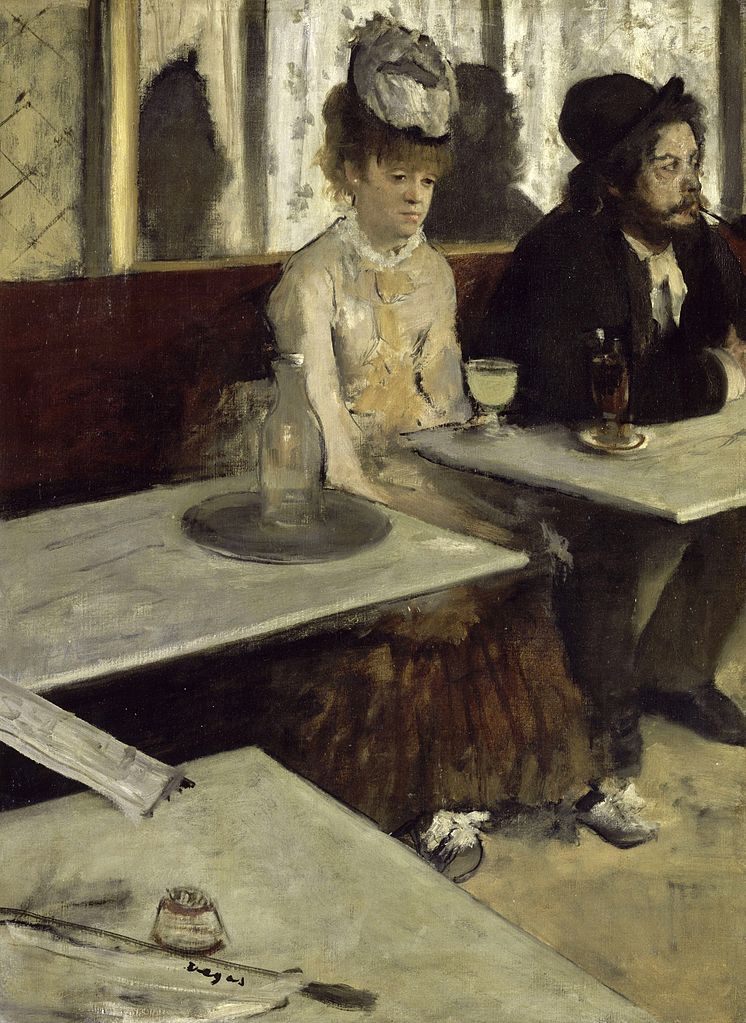
Many of the most notable works from the Impressionist movement have a significant emphasis on lighting effects caused by the rising and setting sun.
Shadows were somewhat more pronounced than they had been in other art styles and subjects were painted in a way that captured the beauty of the sunlight’s ability to play across elements like water, trees, and the human form.
When comparing Impressionism and Post Impressionism there is a marked difference in the kinds of colors that were used, where the post impressionists used more vivid colors and pure black.
The brushwork of Impressionist artists was often noticeable as it was much more broad and sweeping than the small, detail-oriented strokes of Realism paintings.
Throughout the end of the 19th century and forward into modern day, both Impressionism and Realism have played a major role in a number of mediums of artistic expression.
Both Impressionism and Expressionism are rooted in Realism and art prior to Realism would rarely depict everyday scenes or common people.
Some of the most important and captivating elements from each genre survived and continue to shape works from the era of both Modern and Contemporary Art, and likely will for many years to come.

